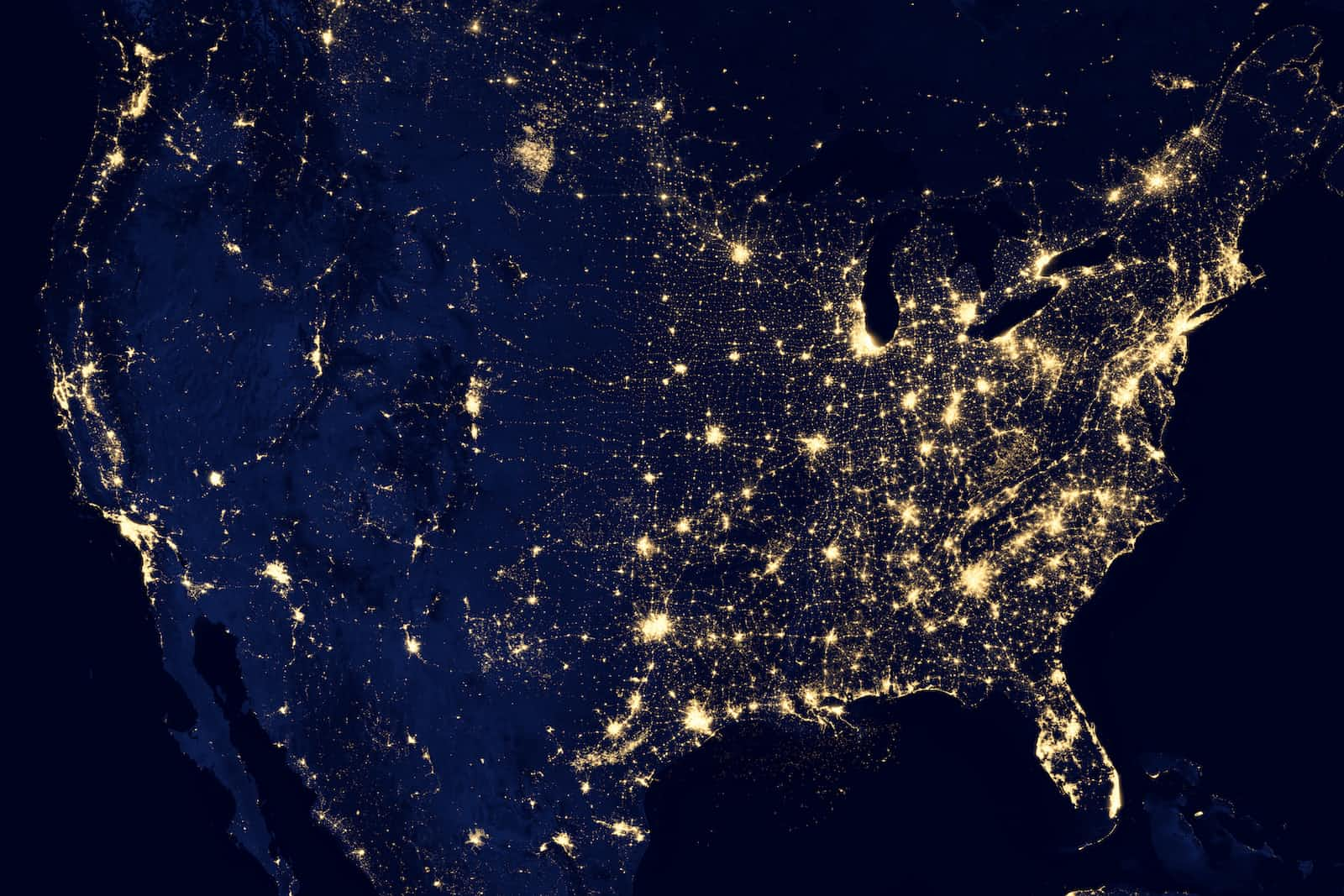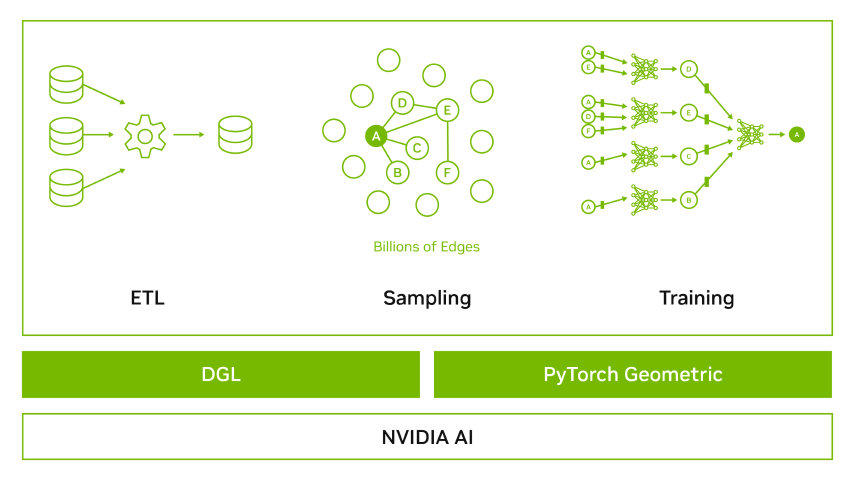🌐 Graph Neural Networks (GNNs): Igniting the Power! : Part 1(Basic)🔥
 Vishal Vasoya
Vishal Vasoya
📚 Table of Contents 📚
Introduction to Graphs and GNNs 📊
🌟 What are graphs? 📈
🌟 Why are GNNs important? 🧠
🌟 How do GNNs work? 🤖
GNN Architecture and Components 🏗️
🌟 Nodes, edges, and features 🧑🤝🧑🔗📝
🌟 Message Passing and Aggregation 📨🤝🧮
🌟 Graph Convolutional Networks (GCNs) 🌐🧪
GNN Tasks and Applications 🛠️
🌟 Node Classification and Regression 📊✅
🌟 Link Prediction and Recommendation 🕵️♂️🎯
🌟 Graph Classification and Generation 📊🌌
🌟 Knowledge Graph Reasoning 📚🔍
📊 Introduction to Graphs and GNNs 📈
🌟 What are graphs? 📈
In the world of data, graphs are powerful structures used to represent relationships between entities. A graph consists of nodes (also known as vertices) and edges (also known as connections). Nodes represent entities, while edges depict the relationships or interactions between these entities. Graphs can be found in various domains, such as social networks, transportation networks, and recommendation systems.
Imagine a social network where each person is a node, and friendships are represented as edges between nodes. This graph structure allows us to capture the complex web of connections and interactions between individuals.
🌟 Why are GNNs important? 🧠
Graph Neural Networks (GNNs) have emerged as a crucial tool for analyzing and processing graph data. Traditional machine learning algorithms struggle to effectively utilize the rich connectivity information present in graphs. GNNs address this limitation by allowing us to harness the power of the graph structure.
GNNs are important because they can extract meaningful representations from graph data, capturing the complex dependencies and relationships between entities. By considering the local neighborhood information, GNNs can propagate and aggregate information across the graph, enabling better predictions and analysis.
🌟 How do GNNs work? 🤖
GNNs operate in a unique way compared to traditional neural networks. They leverage a message-passing mechanism, exchanging information between nodes and their neighbors. This allows nodes to learn from their immediate surroundings, incorporating both node attributes and edge information during the learning process.
Initially, each node in a GNN is assigned an initial feature vector representing its attributes. These features are then updated iteratively as nodes exchange information with their neighbors. Through multiple iterations of message passing and aggregation, GNNs refine the representations of nodes, gradually capturing the graph structure and embedding valuable information within the learned features.
The power of GNNs lies in their ability to learn from the graph's connectivity patterns. By considering the local and global context, GNNs can make predictions, classify nodes, infer missing connections, and perform various other graph-related tasks.
🏗️ GNN Architecture and Components 🏗️

🌟 Nodes, edges, and features 🧑🤝🧑🔗📝
In a graph, nodes represent entities, such as users in a social network or atoms in a molecule. Edges, on the other hand, represent the connections or relationships between these entities. For example, in a citation network, nodes can represent research papers, and edges can represent the citations between papers.
Each node and edge can have associated features or attributes, which provide additional information about them. These features could include numerical values, categorical labels, or vector representations. For instance, in a social network, node features can include age, gender, interests, and so on.
🌟 Message Passing and Aggregation 📨🤝🧮
One of the key mechanisms in GNNs is message passing and aggregation. During message passing, each node sends information (messages) to its neighboring nodes. These messages typically include the node's own features and are influenced by the features of the connecting edges.
Once the messages are received, nodes perform aggregation by combining the received messages to obtain a consolidated representation of their neighborhood information. Aggregation methods can include simple operations like summation or more complex operations like weighted aggregation.
This process of message passing and aggregation allows nodes to exchange information, incorporating both local and global context. It enables nodes to learn from their neighbors and capture the influence of the graph structure on their representations.
🌟 Graph Convolutional Networks (GCNs) 🌐🧪
Graph Convolutional Networks (GCNs) are a popular type of GNN architecture. GCNs extend the concept of convolutional layers from traditional image processing to graph-structured data. They leverage the neighborhood information of nodes to learn expressive representations.
In a GCN, each node aggregates the messages from its neighbors, similar to how convolutional layers aggregate information from local patches in an image. This aggregation is performed using a weight matrix, which determines the importance of each neighbor's message. The resulting aggregated features are then transformed using a learnable weight matrix and activation function.
By stacking multiple GCN layers, information can propagate across the graph, allowing nodes to incorporate information from farther neighborhoods. This enables the network to capture complex relationships and dependencies in the graph.
🛠️ GNN Tasks and Applications 🛠️
🌟 Node Classification and Regression 📊✅
Node classification and regression are common tasks in graph analysis. GNNs can be employed to predict properties or labels for individual nodes in a graph. For example, in a social network, GNNs can classify users based on their interests or predict their age, gender, or occupation. In a citation network, GNNs can estimate the impact or popularity of research papers.
By leveraging the connectivity patterns and local neighborhood information, GNNs can effectively capture the influence of neighboring nodes and edges, enabling accurate classification or regression for individual nodes.
🌟 Link Prediction and Recommendation 🕵️♂️🎯
Link prediction is another crucial task in graph analysis, where GNNs excel. GNNs can infer missing or future connections between nodes in a graph. In a social network, GNNs can predict potential friendships or collaborations. In an e-commerce setting, GNNs can recommend relevant products or suggest potential connections between users and items.
By learning from the graph structure and node features, GNNs can uncover latent relationships and make accurate predictions about potential links, facilitating recommendation systems and network analysis.
🌟 Graph Classification and Generation 📊🌌
GNNs are not limited to individual node-level tasks; they can also handle graph-level tasks such as graph classification and generation. In graph classification, GNNs analyze an entire graph and assign it to specific classes or categories. For instance, in chemical compound analysis, GNNs can classify molecular graphs based on their properties or activities.
Moreover, GNNs can generate new graphs that possess similar properties or structures to the training set. This capability is particularly useful in generating diverse molecular structures or designing novel materials.
🌟 Knowledge Graph Reasoning 📚🔍
GNNs find applications in knowledge graph reasoning, which involves inferring new knowledge or discovering implicit relationships in a knowledge graph. GNNs can learn to reason over structured knowledge graphs, where entities are represented as nodes and relationships as edges. They can make predictions, answer complex queries, or infer missing facts in the knowledge graph.
By capturing the semantics and dependencies encoded in the graph structure, GNNs enhance knowledge graph reasoning, facilitating knowledge-based systems and intelligent question answering.
✨ Conclusion ✨
In conclusion, Graph Neural Networks (GNNs) have emerged as a powerful tool for understanding and analyzing graph-structured data. With their ability to capture the rich relationships and dependencies encoded within graphs, GNNs enable us to extract valuable insights, make accurate predictions, and solve complex tasks across various domains.
We explored the fundamentals of graphs and GNNs, understanding how nodes, edges, and features come together to represent entities and their relationships. We delved into the architecture of GNNs, uncovering the mechanisms of message passing and aggregation that allow nodes to exchange information and learn from their neighbors. Additionally, we explored the popular Graph Convolutional Networks (GCNs) that enable expressive graph representations.
Furthermore, we discovered the practical applications of GNNs, ranging from node classification and link prediction to graph classification and knowledge graph reasoning. GNNs have proven their efficacy in tasks like recommendation systems, social network analysis, chemical property prediction, and knowledge graph reasoning.
Thank you for joining us on this journey through the fiery realm of GNNs! We hope you gained valuable insights and inspiration. Stay tuned for the upcoming advanced techniques and concepts as we continue to unravel the potential of GNNs. The next part is on its way, eagerly awaiting its release to further expand our knowledge and understanding.
Keep exploring, keep learning, and keep harnessing the power of Graph Neural Networks! 🔥🌐🧠
Subscribe to my newsletter
Read articles from Vishal Vasoya directly inside your inbox. Subscribe to the newsletter, and don't miss out.
Written by

Vishal Vasoya
Vishal Vasoya
Data Science Master's from DAIICT Deep Learning, Computer Vision, NLP researcher Data Scientist at @actyv_ai Experienced in AI projects with Deployment